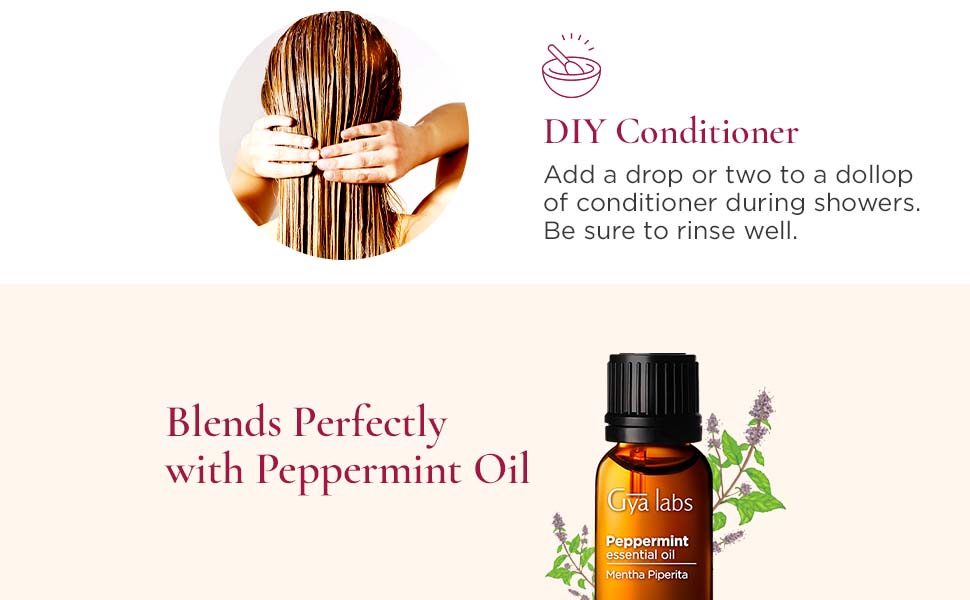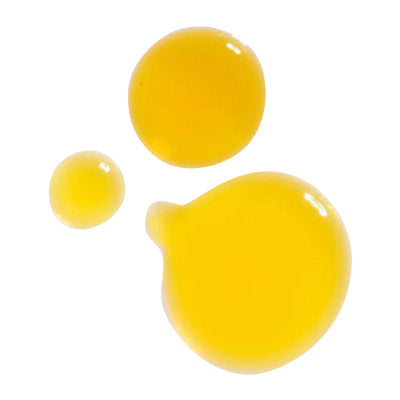How to use Rosemary Essential Oil?
The easiest way to release Rosemary Essential Oil aromatic benefits is through a diffuser, humidifier, or on a candle top. Mixing it with a Carrier Oil is the best way to “carry” its benefits to your skin, body and hair! Get creative and add it to clothes and linens or mix them into other solutions for their uplifting properties.
What are the aromatherapy benefits of Rosemary Essential Oil, and what is it good for?
Essential oil rosemary is used for a variety of its properties. It’s popularly used for hair care. In aromatherapy, it’s used to improve relaxation. It also has soothing properties..
Where can you buy rosemary oil?
You can purchase Gya Labs Rosemary Essential Oil which is known for its refreshing and invigorating scent. Their rosemary oil is 100% pure and natural, without any additives or fillers.
Is Rosemary Essential good for your face?
Rosemary Essential Oil works perfectly to moisturize your face for a renewed complexion that glows.
Is Rosemary Essential Oil safe for dogs?
Rosemary essential oil has a wide range of health benefits. These benefits extend to dogs as well. It is considered safe and non-toxic for dogs.
Is Rosemary Essential Oil safe for cats?
Rosemary essential oil, when ingested, may be harmful for cats. However, when it is diffused in a room it may be beneficial to the cat.
Is Rosemary Essential Oil good for sleep?
Studies have shown that rosemary essential oil can improve the quality of sleep. However, more human based trials are needed to ascertain this property.
Is Rosemary Essential Oil safe for pregnancy?
Rosemary essential oil can cause contractions in pregnant women, and thus must not be used during pregnancy.
Can Rosemary Essential Oil help regrow hair?
Consult with a physician to learn more about the hair regrowing properties of rosemary oil.
Is Rosemary Essential Oil good for your face?
Rosemary essential oil has properties good for the face. Applying diluted rosemary oil may prevent acne. It can also be applied before going out into the sun.
What are the other uses of Rosemary Oil?
- Face - Using rosemary oil to the face has been shown to lessen the effects of acne. It reduces undereye puffiness resulting in healthy, bright skin.
- Diffuser - Use rosemary essential oil in a diffuser, or add a few drops to a cup or small saucepan of boiling-hot water and inhale the vapour up to three times each day.
Is Rosemary Essential Oil safe for birds?
Rosemary essential oil is considered to be safe for birds. In fact, its aroma energizes the birds.
Where to buy rosemary oil for hair?
Gya Labs is a reputable brand that offers high-quality rosemary essential oil that is 100% pure and natural. Rosemary oil has been used for centuries to promote healthy hair growth, improve scalp health, and prevent dandruff.
Can Gya Labs Rosemary Essential Oil be used for promoting focus and mental clarity?
Yes, Gya Labs Rosemary Essential Oil is often used to support focus and enhance mental clarity. Its invigorating aroma stimulates the senses, making it an excellent choice for studying, working, or any task requiring heightened concentration. Simply diffuse a few drops or inhale directly for a refreshing boost to your mental energy.
How can I incorporate Gya Labs Rosemary Essential Oil into my hair care routine?
You can easily use Gya Labs Rosemary Essential Oil to support healthy hair growth and a nourished scalp. Add 2–3 drops to your shampoo or conditioner, or mix it with a carrier oil like coconut or jojoba oil for a soothing scalp massage. Regular use can help maintain strong, vibrant hair while promoting a healthy scalp.






























